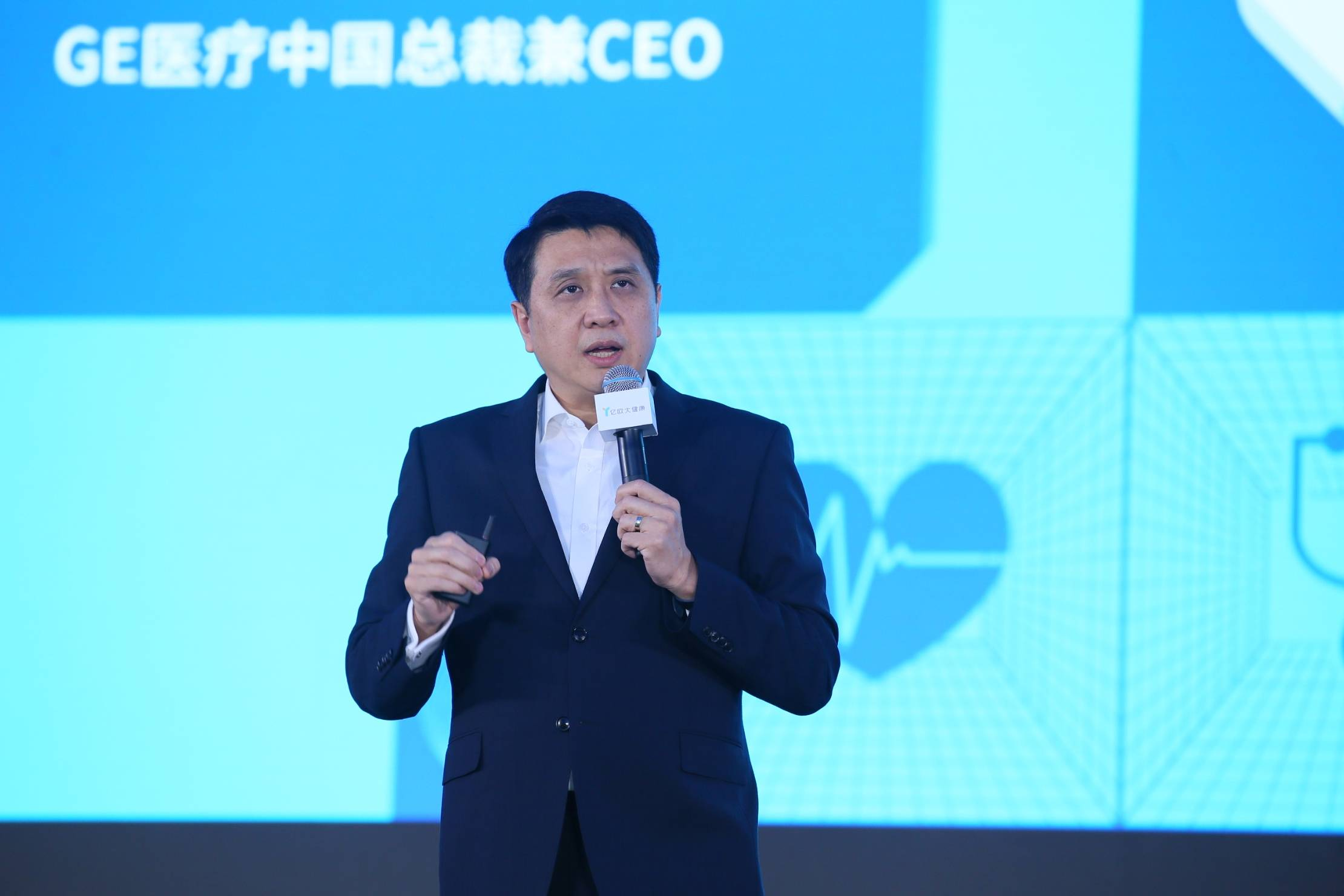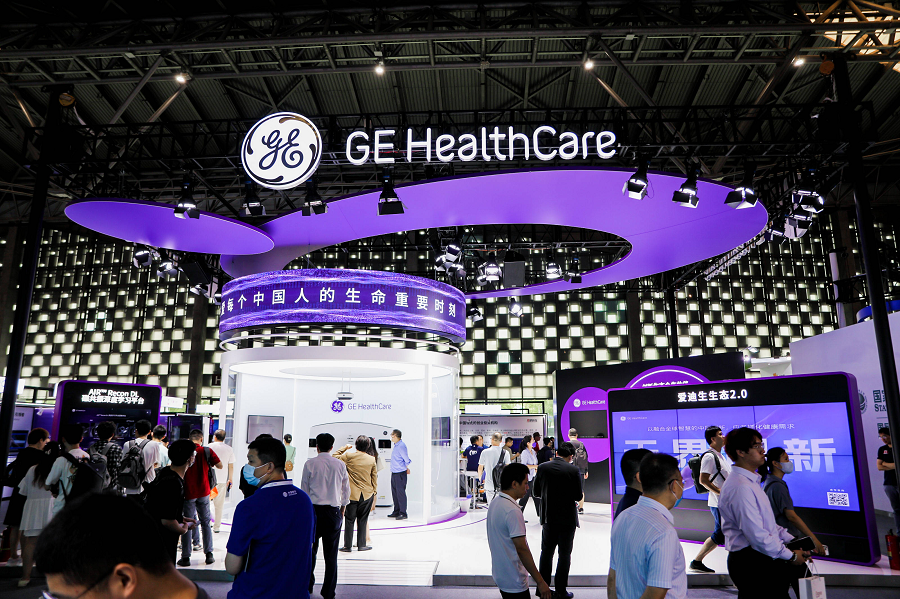beijingetown.com.cn
Updated: 2023-10-13
China has always been one of the world's most promising large markets. Robust market demand, a comprehensive industrial chain, and rapidly growing innovation capabilities have made the Chinese market a vital driving force for the expansion of many global healthcare giants and a significant source for their profit growth.
GE Healthcare is one of the multinational corporations with the longest history of development and the deepest degree of localization in China. On Jan 4, 2023, GE Healthcare achieved independence from the GE Group and made a triumphant entry onto the Nasdaq Stock Market.
Zhang Yihao, vice president of GE Healthcare and president and CEO of GE Healthcare China, stated that the company's strategy in the Chinese market has become clearer since going public, emphasizing "comprehensive localization, boundaryless innovation, and win-win cooperation". The strategy aims at making precision healthcare and medical resources more accessible to the public, thereby contributing to the realization of the Healthy China 2030 objectives.

[Photo/beijingetown.com.cn]
Since 1897, when China imported its first X-ray machine made by GE, GE Healthcare has been an integral part of China's history, with a presence spanning over 120 years. The medical imaging equipment manufacturing base located in Beijing Economic-Technological Development Area (Beijing E-Town) marks both GE's first joint venture in China and the largest medical imaging equipment manufacturing facility for GE Healthcare in the world. Nearly 70 percent of CT equipment shipped globally is produced here.
In fact, among the world's leading medical equipment brands, GE Healthcare ranks at the forefront in terms of localization, and "Intelligent Manufacturing in China" has become a crucial pillar of GE Healthcare's global operations.

[Photo/beijingetown.com.cn]
Zhang explained that with deepening presence in the Chinese market, GE Healthcare is leveraging its supply chain networks in Beijing, Shanghai, Tianjin and Wuxi. This covers a wide array of imaging equipment such as CT scanners, angiography machines, surgical equipment, mammography machines, nuclear medicine equipment, MRI scanners, as well as ultrasound diagnostic devices and life sciences products.
He believes that the Chinese market still holds tremendous potential. Over the next four years, the projected overall growth in the Chinese healthcare market is anticipated to be 5-6 times the size of India's current healthcare market. This underscores the significance of the Chinese market and calls for GE Healthcare to enhance its competitiveness to meet the evolving market demand.
In the future, GE Healthcare will increase its investments in two major areas. First, the company plans to boost its investment in supply chain, including the establishment of its first precision medical industrialization base project in Chengdu to expand its global supply chain to China’s western region. Second, it will ramp up its investment in research and development. In 2022, the research and development investment at the GE Healthcare Wuxi facility doubled.
Zhang shared that GE Healthcare aims to double its overall research and development spending in China in the next three years. This underscores the company's unwavering commitment to amplify its strategic investments and partnerships in the Chinese market -- including collaborations with AI companies -- so as to facilitate higher levels of integration across the supply chain, industrial chain, and policy framework.
-
Address
Boda Building, No.15, Ronghua Middle Road, Beijing Economic-Technological Development Area
-
Email
investinbda@bda.gov.cn
-
TEL
+86-010-86409333(24h)
-
FAX
+86-010-67881207







